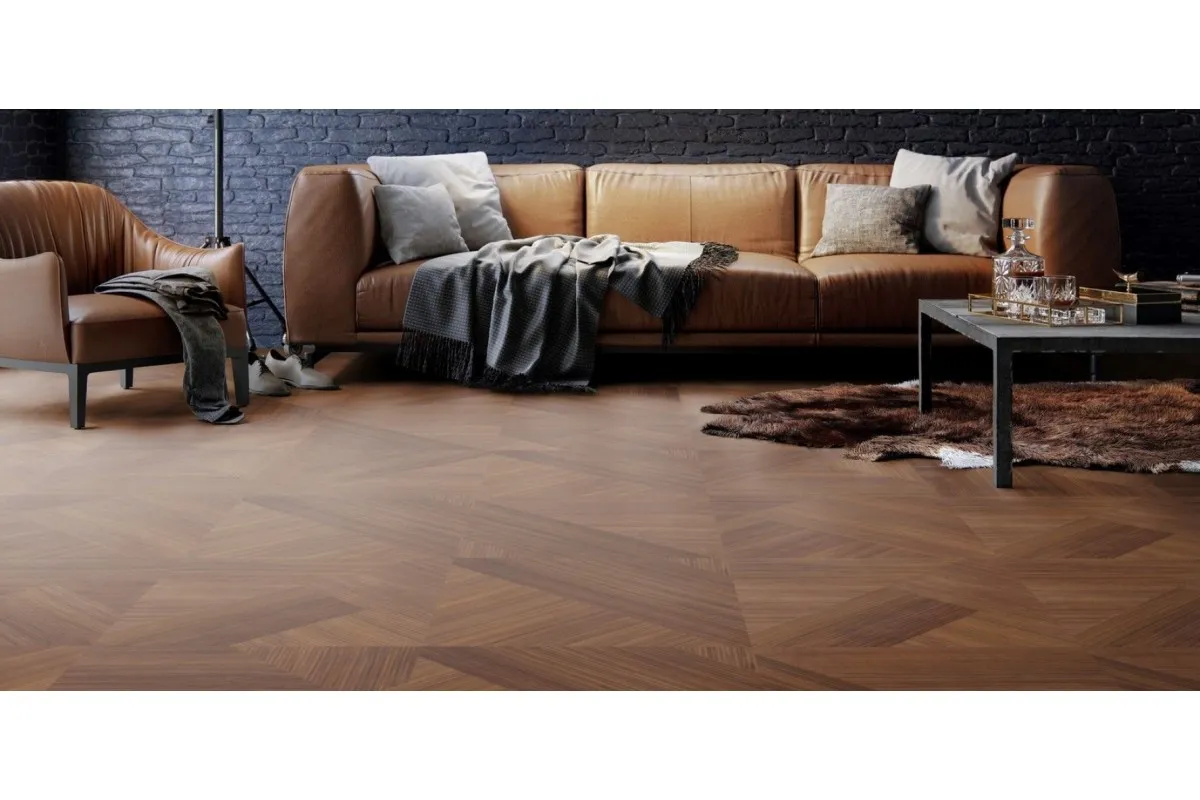Creative Ideas for Stylish Wardrobe Skirting Solutions at Home
The Art of Wardrobe Skirting A Stylish Solution for Your Home
When it comes to home decor, every detail counts. One often overlooked element in many homes is the skirting around wardrobes. Wardrobe skirting is not just a functional addition; it plays a significant role in the overall aesthetic of your space. In this article, we will explore the advantages of wardrobe skirting, various styles and materials you can use, and how to incorporate this design feature into your home.
What is Wardrobe Skirting?
Wardrobe skirting refers to the decorative trim or molding that is installed at the base of a wardrobe. It serves both an aesthetic and practical purpose. While it enhances the visual appeal of the wardrobe, it also helps to hide any unsightly gaps between the wardrobe and the floor, making the piece look more polished and integrated into the room. Additionally, skirting can protect the wardrobe from damage caused by cleaning and other activities, while also keeping dust from accumulating underneath.
Advantages of Wardrobe Skirting
1. Enhanced Aesthetics Skirting can elevate the look of a wardrobe, adding character and sophistication. Whether your home boasts a modern, minimalist vibe or a traditional, classic feel, the right skirting can complement your existing decor and create a cohesive look.
2. Protection By providing a barrier at the base of the wardrobe, skirting helps prevent scuff marks and damage that may occur during cleaning or moving furniture. It acts as a protective layer, extending the life of your wardrobe.
3. Concealment Skirting effectively hides any gaps or imperfections between the wardrobe and the floor. This can be particularly valuable in older homes where floors may not be perfectly level or where wardrobe installation may not be flawless.
4. Versatility Wardrobe skirting can be tailored to match any design style, offering various materials, colors, and shapes to fit your vision. From sleek, modern lines to ornate, traditional designs, the possibilities are virtually endless.
wardrobe skirting

Styles and Materials for Wardrobe Skirting
When selecting the style and material for your wardrobe skirting, consider both the design of your wardrobe and the overall decor of your space.
1. Wood Wooden skirting is a popular option due to its durability and natural beauty. Available in various finishes, wood skirting can match the color of your wardrobe or provide a striking contrast for added visual interest.
2. MDF (Medium-Density Fiberboard) MDF is a cost-effective and versatile material that can be easily shaped and painted. It is an excellent choice for contemporary designs and can be finished to match the wardrobe or room decor.
3. PVC For those seeking a low-maintenance option, PVC skirting is a great alternative. It is resistant to moisture and can be easily wiped clean, making it suitable for areas prone to spills or humidity.
4. Decorative Trim If you’re looking to add a touch of elegance, consider using decorative trim such as crown molding or casings. These styles can transform a simple wardrobe into a statement piece.
Incorporating Wardrobe Skirting into Your Home
To successfully incorporate wardrobe skirting into your home, start by measuring the height and width of your wardrobe. Select a skirting style that complements the wardrobe's design and the overall decor of the room. After choosing the material and design, installation can vary in complexity; if you're handy, you might tackle it yourself, or you can enlist the help of a professional.
In conclusion, wardrobe skirting is an often-underappreciated design feature that can transform the look and functionality of your space. By enhancing aesthetics, providing protection, and allowing for versatility in design, skirting offers an opportunity to elevate your interior decor. Whether you choose classic wood, modern MDF, resilient PVC, or decorative trim, the right wardrobe skirting can make a significant difference in the overall ambiance of your home. So why not consider it as the finishing touch for your beloved wardrobe?
-
Waterproof Advantages of SPC Flooring Vinyl in KitchensAug.06,2025
-
SPC Hybrid Waterproof Flooring Thickness GuideAug.06,2025
-
Leveling Subfloor Before My Floor SPC InstallAug.06,2025
-
How Mesh Deck Skirting Improves Outdoor Pest ControlAug.06,2025
-
Choosing the Right Commercial Flooring for Your Business NeedsAug.06,2025
-
Choosing the Best Residential Flooring: A Comprehensive Guide to Style, Durability, and ComfortAug.06,2025




